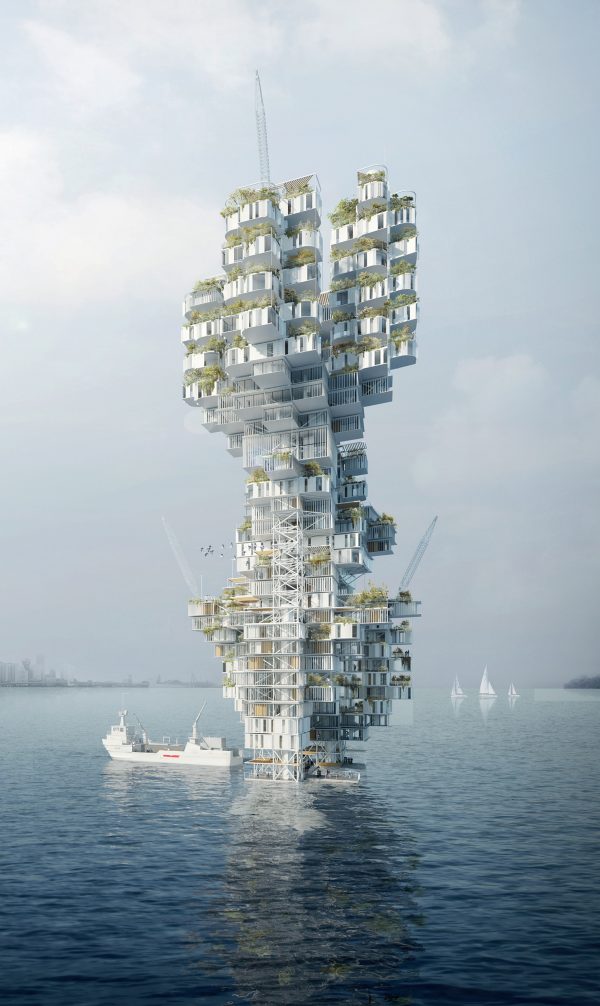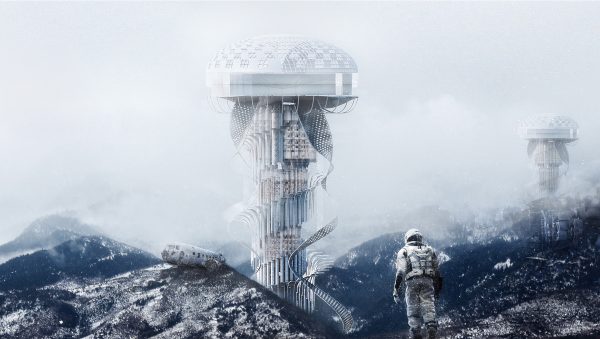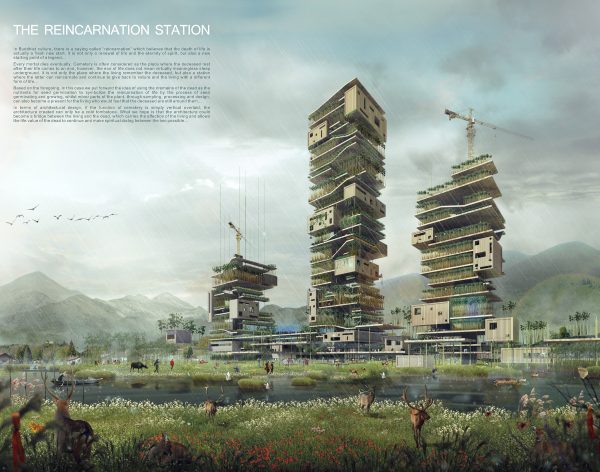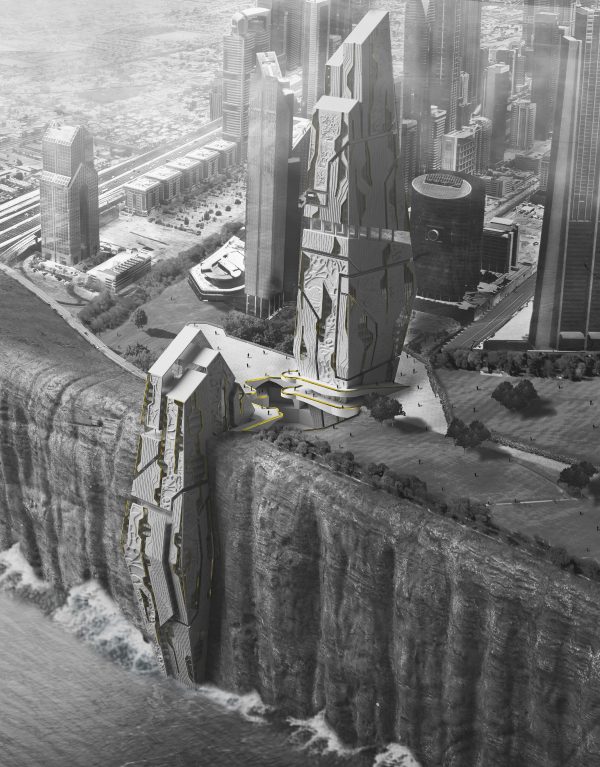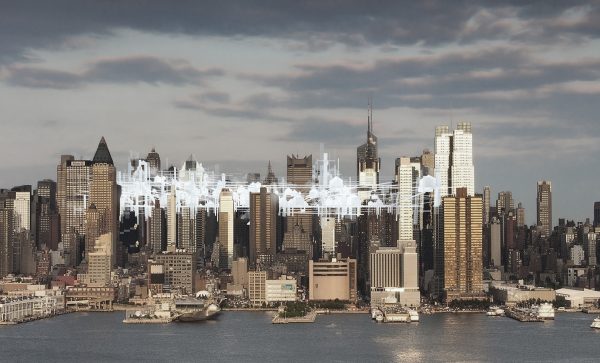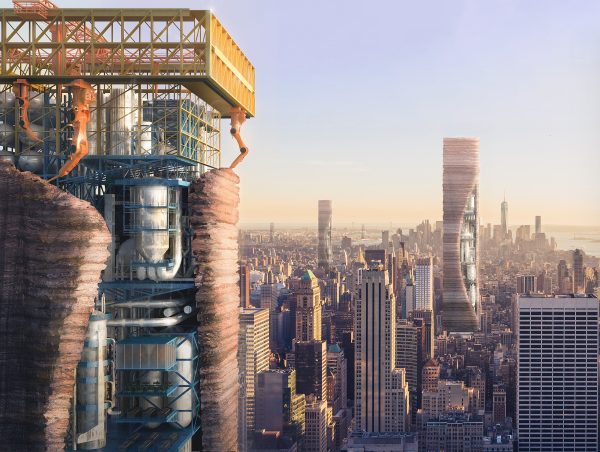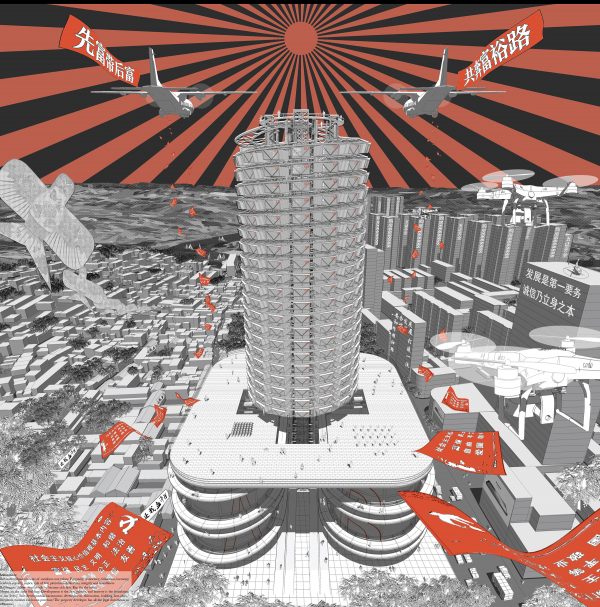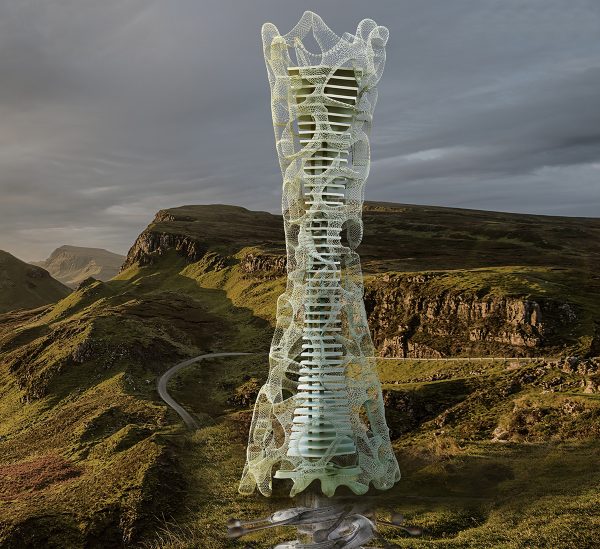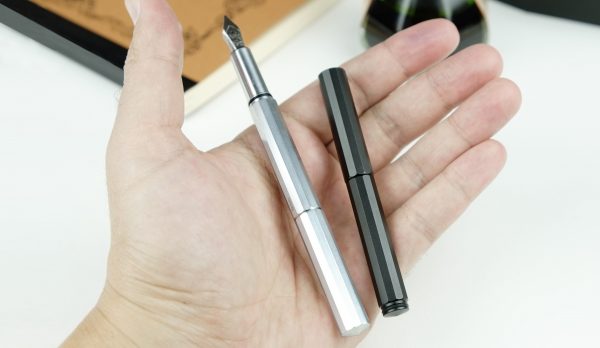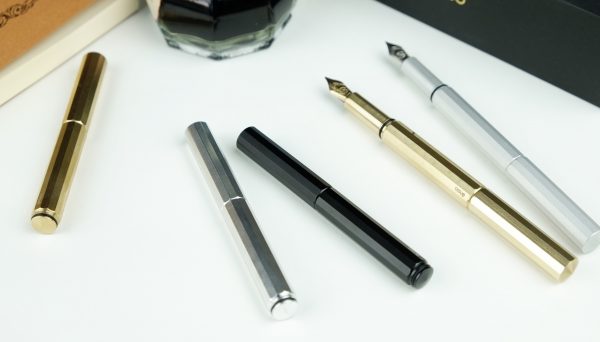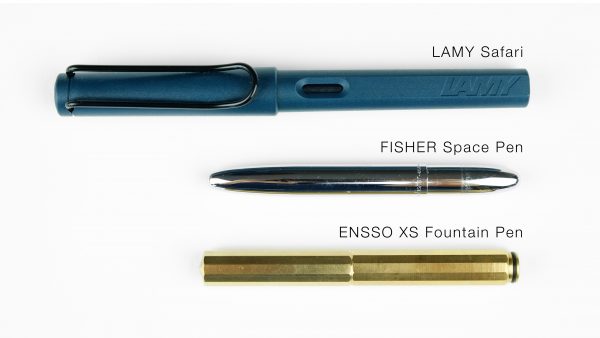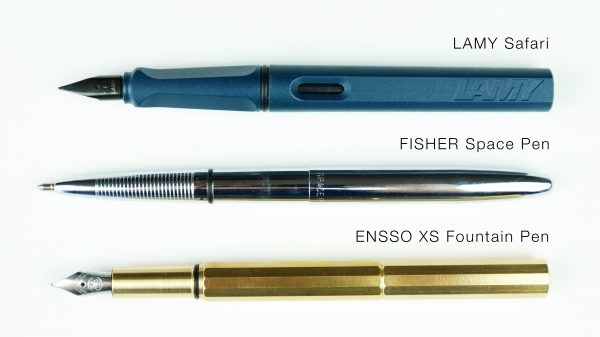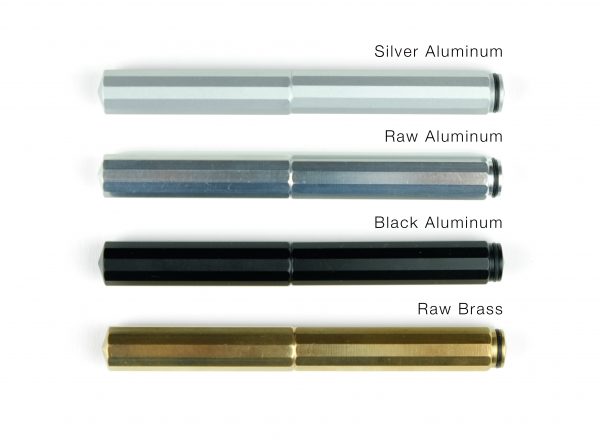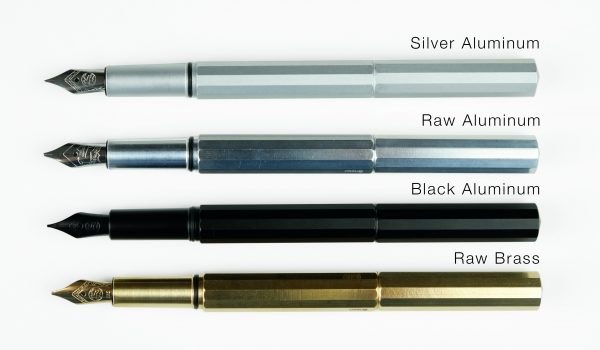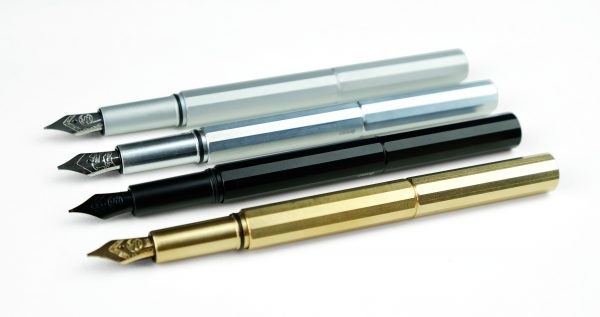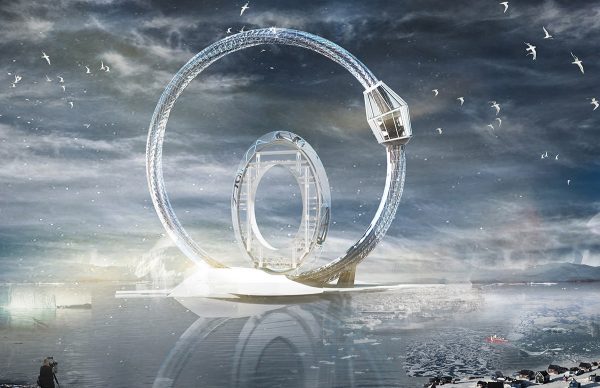Honorable Mention
2018 Skyscraper Competition
Alexander Nikolas Walzer
Austria
As the world population grows and cities usually expand into the surrounding areas, or because of static infrastructure form way too high urban densities, the question arises what alternatives we have at the latest after exhaustion of land reserves. The proposed project entitled “E Mare Libertas” (Latin, for Freedom from the Sea) provides a scenario of a vertically packed settlement in the port of Singapore, a state that has already exploited 92% of its building land and that is forced to create new land artificially.
The creation of open spaces on the water, the idea of energetic self-sufficiency, a modular construction system and the inclusion of privacy represent design challenges that are playing extremely with the tension between density and freedom.
With this work, the author tries to point out the problem of our demographic future on an urban scale and to embed it in a proposal for the development of the remaining 70% of the world surface.
“E Mare Libertas” is the national motto and the name of the national anthem of the Micronation Sealand in the North Sea, on a former naval fort off the coast of Great Britain. Read the rest of this entry »

